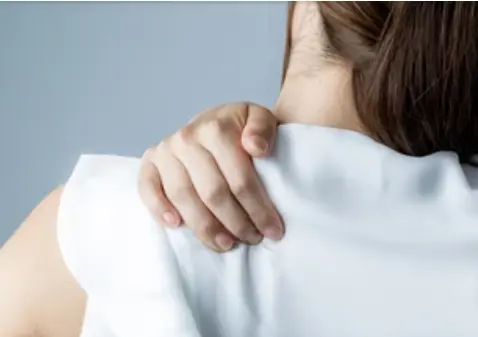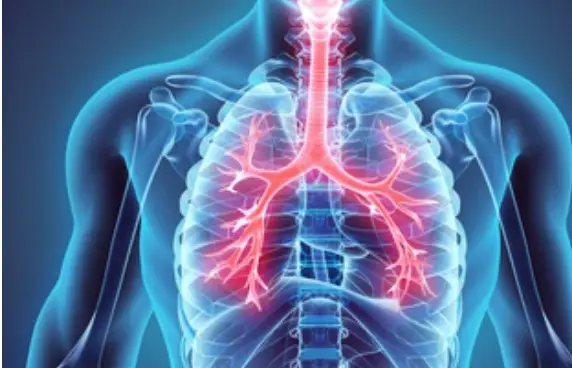 Welcome
Welcome
“May all be happy, may all be healed, may all be at peace and may no one ever suffer."
- A
- B
- C
- D
- E
- F
- G
- H
- I
- J
- K
- L
- M
- N
- O
- P
- Q
- R
- S
- T
- U
- V
- W
- X
- Y
- Z
Local pain relief - Generics
Local pain relief is a method of pain management that involves applying medication directly to the area of the body where pain is experienced. This can include topical creams or ointments, patches, gels, or injections.
Common topical pain relief options include creams or gels containing lidocaine, which is a local anesthetic that works by blocking nerve signals that transmit pain sensations. These topical medications are often used to relieve pain caused by minor injuries or conditions such as arthritis, muscle strains, or nerve pain.
Transdermal patches containing medications such as lidocaine, fentanyl, or buprenorphine can also provide localized pain relief. These patches are applied to the skin and slowly release medication over a period of several hours or days, providing a consistent level of pain relief.
Injections of local anesthetics such as lidocaine or bupivacaine can be used to provide temporary pain relief for certain conditions, such as dental procedures or joint pain. These injections are usually administered directly into the affected area by a healthcare professional.
Overall, local pain relief can be an effective method of managing pain, particularly for acute or localized pain. However, it is important to use these medications as directed and to discuss any concerns or potential side effects with a healthcare provider.

Hypertriglyceridemia

Joint stiffness

Rhesus disease

Vitamin B6 deficiency

Bronchitis

Balantidiasis

Corneal anesthesia

Heartburn
Local pain relief, স্থানীয় ব্যথা উপশম
To be happy, beautiful, healthy, wealthy, hale and long-lived stay with DM3S.